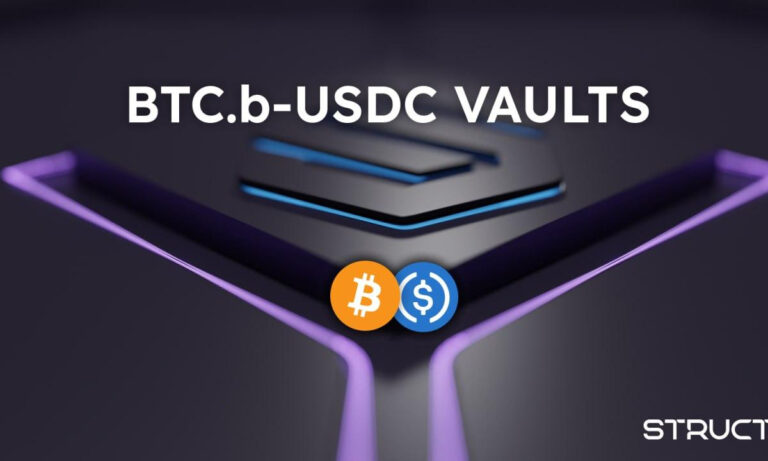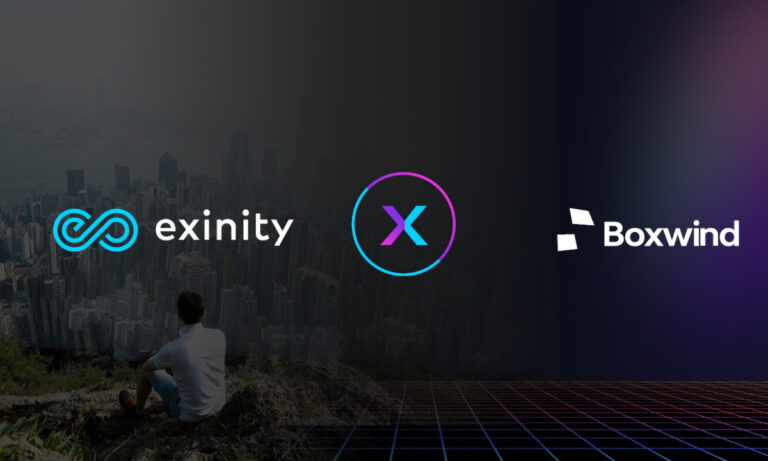Hedera’s HBAR Latest Upgrade: How HIP-850 Transforms NFT Data
More from the Author vivian
Hedera’s HIP-850 upgrade, part of the v0.53 mainnet update, introduces dynamic management of NFT metadata using supply keys, ensuring flexibility and control while preserving token integrity post-distribution.
This innovation enhances NFT applications across various industries, including event ticketing and gaming, by allowing metadata updates before final distribution.
The Hedera network is set to introduce a groundbreaking upgrade with the implementation of HIP-850 as part of the upcoming v0.53 mainnet update. This new enhancement promises to revolutionize the way Non-Fungible Tokens (NFTs) are managed, offering unprecedented flexibility and control over NFT metadata without compromising the integrity and immutability of the tokens.
Dynamic Management of NFT Metadata
The key feature of HIP-850 is its ability to allow supply keys to update NFT metadata while the tokens remain in the treasury account. This is a significant leap forward in NFT data management, providing a dynamic approach that adapts to various use cases within the Web3 ecosystem. Hedera has announced that this upgrade will empower both NFT users and issuers, enabling greater flexibility and control over their digital assets.
Dynamic #NFT functionality is beneficial – in some cases, essential – for certain #web3 use cases.
Extending this, HIP-850 empowers NFT users and issuers with greater flexibility & control without compromising integrity or immutability.
Learn more https://t.co/CvtjwfVHtL pic.twitter.com/3Q9C8WB87U
— Hedera (@hedera) September 11, 2024
Empowering NFT Users with Supply Keys
HIP-850 introduces the concept of using supply keys to execute the TokenUpdateNftsTransaction. This transaction updates the metadata property of NFTs on the Hedera network. Supply keys, which can mint and burn tokens, now have the added functionality to alter NFT metadata within the treasury account. This capability ensures that the metadata remains mutable only until the NFT is distributed to its end owner, at which point it becomes immutable, preserving the asset’s integrity.
Real-World Applications and Use Cases
The practical applications of HIP-850 are vast and varied. For instance, in the event ticketing industry, NFTs can be initially minted with minimal details. Once an attendee purchases the ticket, the metadata can be updated to include their personal details such as name and contact information. This dynamic updating capability extends to gaming as well, where in-game items like weapons can have their attributes enhanced as players progress or make purchases, thereby updating the NFT metadata to reflect these changes.
Market Impact and Future Prospects
The introduction of HIP-850 is not just a technical milestone but a strategic advancement for Hedera in the NFT space. It addresses the limitations of existing NFT metadata management by introducing flexibility while maintaining the integrity of the data post-distribution. This proposal is set to enhance the overall user experience and broaden the applicability of NFTs in various industries.
As of the latest market data, Hedera’s native token HBAR is trading at $0.05084, reflecting a 3.85% increase in the past day, with a market capitalization of $1.879 billion. This positive market movement indicates growing investor confidence in Hedera’s continuous innovations and its potential to lead in the evolving blockchain landscape.
HIP-850 represents a significant step forward for Hedera and the broader NFT community. By enabling dynamic management of NFT metadata while maintaining core principles of trust and immutability, Hedera is poised to offer more versatile and robust solutions for Web3 applications. As the network continues to evolve, these advancements will likely drive further adoption and innovation within the blockchain ecosystem.
The post Hedera’s HBAR Latest Upgrade: How HIP-850 Transforms NFT Data appeared first on Crypto News Focus.





